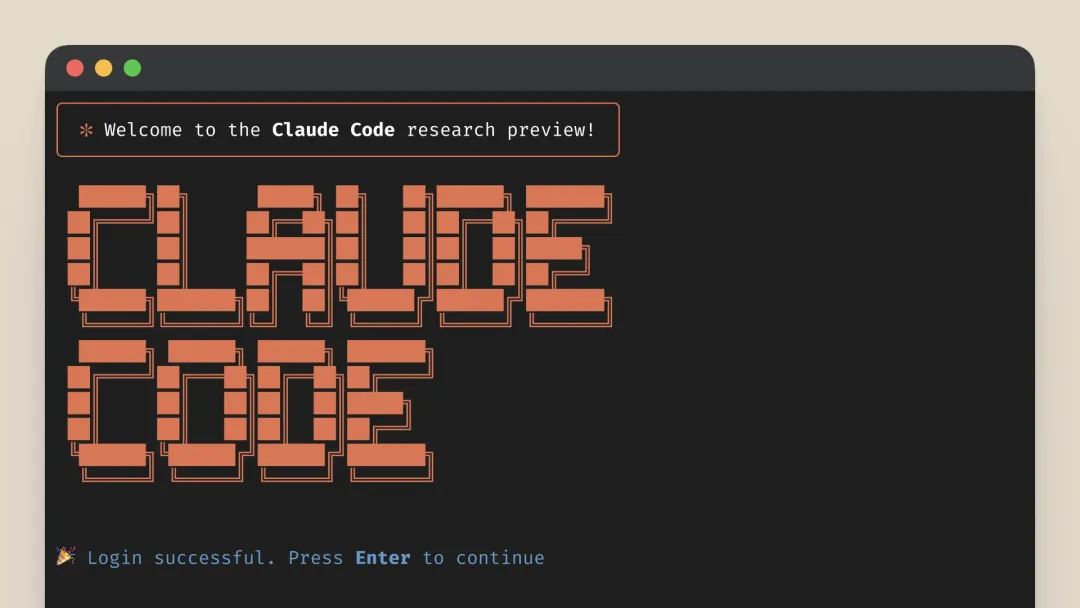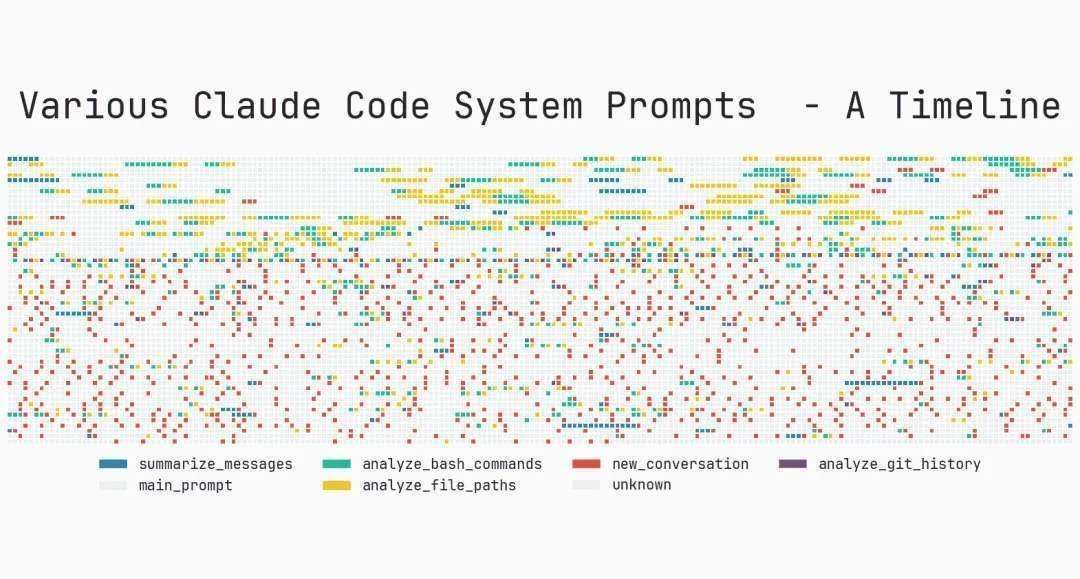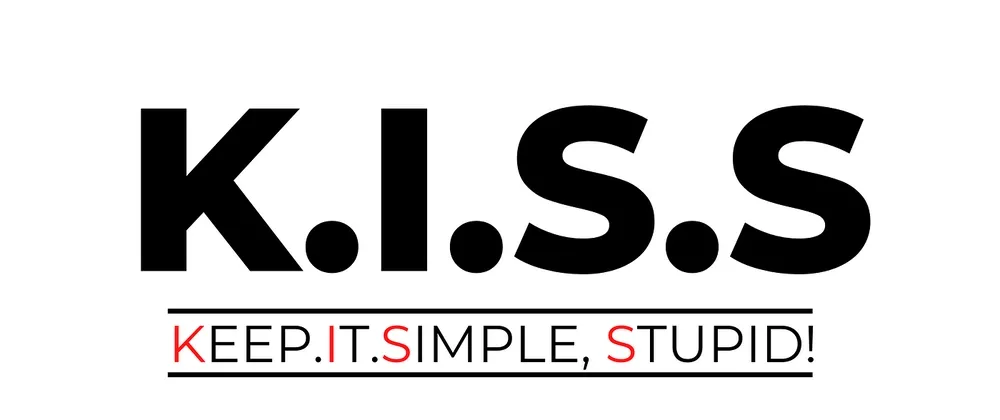Have you ever felt this way? When you ask ChatGPT to write code, it often sounds like a “textbook theorist.” The code looks fine, but once you run it—bug city.
Claude Code feels different. It’s like a senior engineer sitting next to you. It can write code, run it, debug it, and proactively catch issues. People who use it often say it’s strangely addictive.

So here’s the question: given that all these assistants are powered by large language models, why does Claude Code feel so smooth? Is Anthropic hiding some secret sauce?
A curiosity‑driven investigation
The MinusX team, an AI startup, spent months digging into how Claude Code actually works. They even built a request interceptor to capture and analyze every single network call Claude Code makes.

This spirit of “technical archeology” is admirable—like taking apart a precision watch to see which gears really matter.
After months of heavy daily use and log analysis, they reached a counterintuitive conclusion: Claude Code’s magic doesn’t come from piling on fancy tricks. It comes from radical restraint—a deliberately simple, almost contrarian design.
There’s a lot here that builders of AI agents can learn from.
KISS still wins: Keep It Simple, Stupid
Claude Code’s design philosophy boils down to one line: Keep It Simple, Stupid (KISS).

It may sound old‑school. In an era obsessed with “multi‑agent orchestration” and “complex workflows,” Anthropic took the opposite path: extreme simplicity.
Imagine cooking: do you try to pan‑fry, deep‑fry, and braise with 20 pans at once—or use one good pan and nail each step? Claude Code chooses the latter.
1) Control loop: single‑threaded focus
Many agent systems look flashy, trying to juggle ten things at once. Claude Code, in almost all scenarios, sticks to single‑threaded execution.
It’s like driving: your car has tons of buttons, but you can only focus on the stretch of road in front of you. Claude Code does one thing well, then moves on. It may look “slow,” but it avoids the conflicts and errors that concurrency invites.
2) Prompt strategy: concise and precise
Claude Code’s system prompt repeats guidance like:
- “You MUST answer concisely”
- “minimize output tokens”
- “One word answers are best”
This “talk less, do more” style mirrors great senior engineers—few words, sharp impact.
3) Tooling: sufficient, not maximal
Claude Code exposes 20+ tools, but its success reminds us: it’s not about having more tools, it’s about having the right ones used at the right time. Like a master carpenter’s toolbox: every tool earns its place.
4) Controllability: humans stay in charge
Perhaps the most counterintuitive part: Claude Code is intentionally restrained. It does not “get clever” and run off doing things you didn’t ask for. It behaves like a disciplined assistant—do what’s requested, avoid overreach.
Agent‑building takeaways from Claude Code
- Simplicity beats complexity: Favor a precise, reliable system over a sprawling one.
- Focus beats parallelism: Do one thing at a time; serial beats parallel more often than you think.
- Restraint beats showmanship: Don’t perform “smart” moves the user didn’t ask for; keep boundaries clear.
- Depth over breadth in tools: Each tool should have a clear reason to exist. Reliability first.
The full system prompt, revealed
Through reverse engineering, the MinusX team reconstructed Claude Code’s system prompt. It reads like a detailed operations manual—rules for when to be proactive vs. when to wait, how to communicate (tone and style), strict output length limits, and which tools to use for which situations.
You can feel the craftsmanship: every rule maximizes capability while avoiding common failure modes.
Closing thoughts
Claude Code’s success suggests a simple truth: in a fast‑moving field, sometimes stepping back toward simplicity yields the best user experience.
Think of the first iPhone: while others chased maximal features, Apple chose restraint—and won.
If you’re building AI products, ask yourself: does your design make things simple and usable, or is it complicated for the sake of “wow”? The answer may determine how far your product can go.
In the end, the best technology often disappears into the experience.
Follow DreamBeast Coding on WeChat to discover more practical AI dev tips
